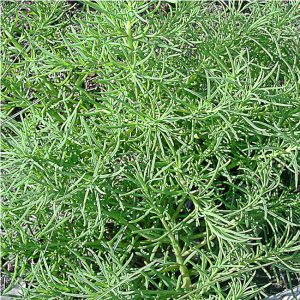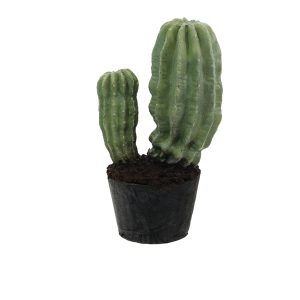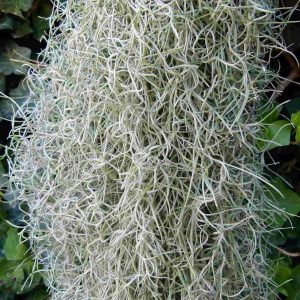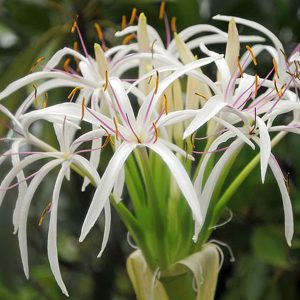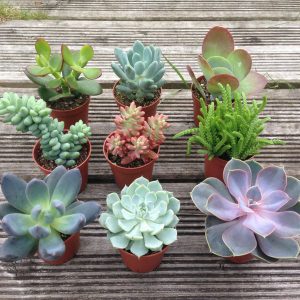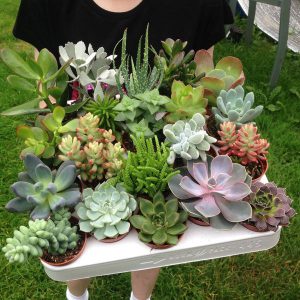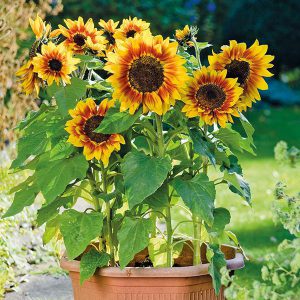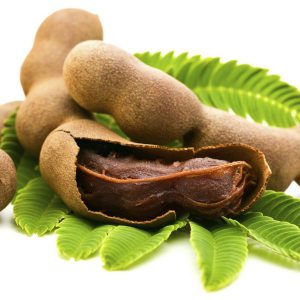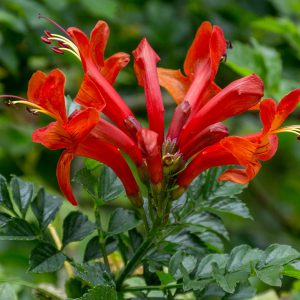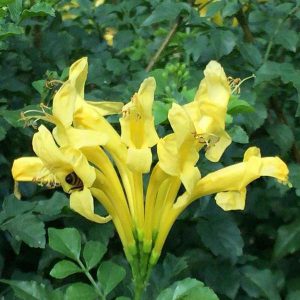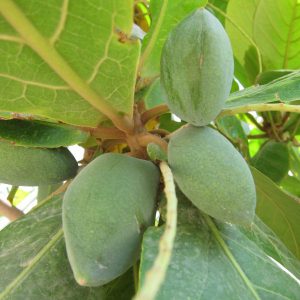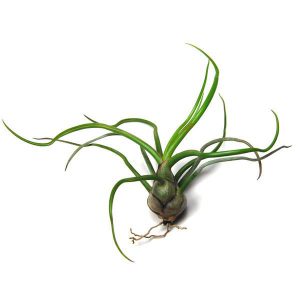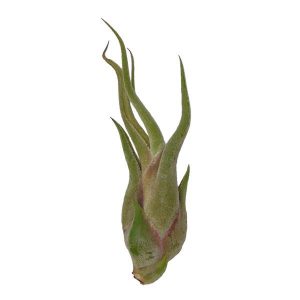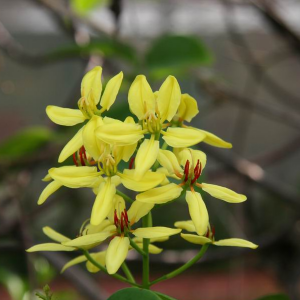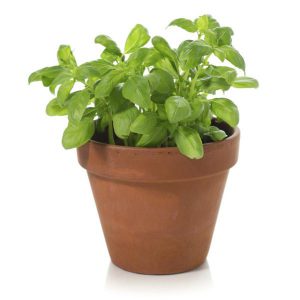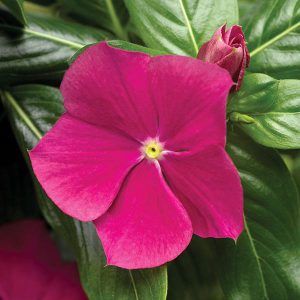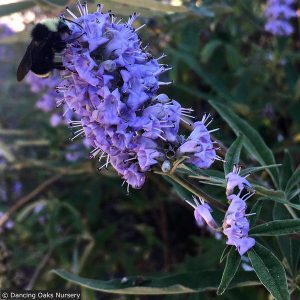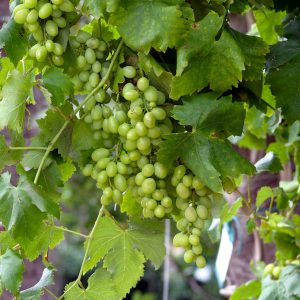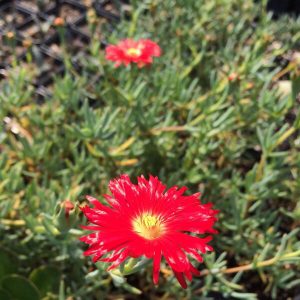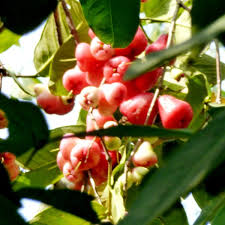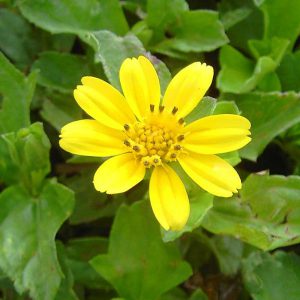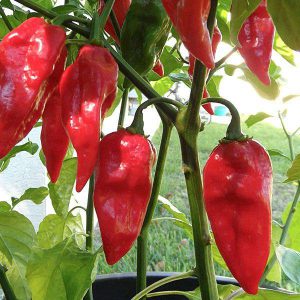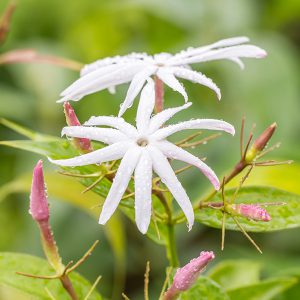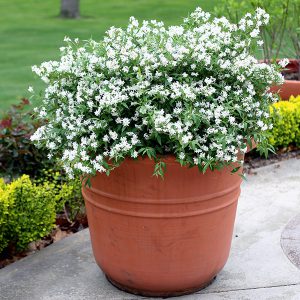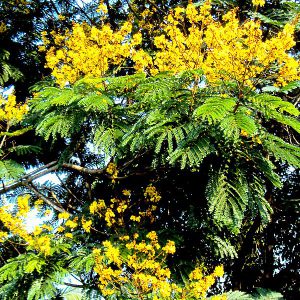Outdoor Plants
Sesuvium
No beating around the bush — this is one salty succulent. Eaten raw, the leaves proffer a salty and slightly bitter or acidic flavour with a crunchy succulent texture — great for pickling! When cooked, the flavours and textures soften suitably for a variety of savoury dishes and garnishes. Sea Purslane leaves are a good source of vitamin C and rich in the naturally occurring steroid, ecdysterone. This plant is also known for its haemostatic and anti-venom properties.
AED 96.00Add to cart
Soguaro Cactus
A saguaro cactus (Carnegiea gigantean) is a columnar cactus that is native to the Sonoran desert in Arizona, California and Mexico. It provides cavity nesting for a variety of birds, and can be used as a food source for humans and wild animals. Because sustained freezing temperatures will quickly kill a saguaro, some gardeners must bring their cacti indoors for the winter. Whether you are growing a saguaro for permanent indoor occupation, or simply saving the cactus from freezing temperatures, the proper care of the cactus is required to help it stay healthy and thriving.
AED 60.00Read more
Spanish Moss – (Air plant )
The name “Spanish moss” actually originated as “Spanish beard”. Native American tribal people called it “itla-okla”, which meant “tree hair”. Some French thought that it resembled a conquistador’s long beard and began calling it “Barbe Espagnol”, or Spanish beard. While the Spaniards retaliated by referring to it as “Cabello Frances”, or French Hair, it never caught on.
Over time, Spanish beard became Spanish moss, what it’s most commonly known as today. The Polynesians occasionally refer to Spanish moss as “Kali’s hair”, and throughout its natural environment it’s still called “tree hair”, simply because it resembles hair so much!
AED 125.00Read more
Spider Lily – Crinum Asiaticum
- Botanical Name: Crinum asiaticum (syn: Crinum amabile)
- Common Name: Giant Crinum Lily, Grand Crinum Lily, Spider Lily, Asiatic Poison Bulb, Poison Bulb, Poison Lily, Seashore Lily, Bakong (in Malay)
- Family name: Amaryllidaceae (Onion Family)
- Etymology: The genus name Crinum originates from the Greek, Krinon, which means white lily, referring to the white or whitish flowers which most species produce
- Origin: Indian and Western Pacific Ocean coastlines (Tropical Indo-Pacific)
- Plant type: Ornamental flowering bulbous perennial herb
AED 30.00Add to cart
succulent collection
In general, succulents that have bright colors (such as reds, purples and oranges) don’t do well indoors. They require some direct sun and more light than is generally available indoors.
A great place to start is with succulents that are naturally green. A few great examples include Haworthia and Gasteria varieties like the ones pictured below.
AED 130.00Add to cart
Succulent collection
- Unique collection is hand pick to ensure there is no 2-alike, plants may vary from pictures shown as succulents are selected based on season, size, health and readiness
- Succulents come in 2 in. square pots fully rooted in soil, plant measurement will vary as different species grow in different ways: for example, some grow wider, shorter, taller, trailing, etc.
- All succulent packs are carefully packed in shop Succulents retail packaging making these easy to gift
AED 140.00Add to cart
Sunflower plant
Sunflowers are one of the most important oil crops in the world, and are a valuable food source in many countries. Just one ounce of sunflower seeds contains about 6 grams of protein and 14 grams of oils. The fats are almost entirely unsaturated with 9g of polyunsaturated and 3g of monounsaturated fats per ounce (NSA). The oil is high in linoleic acid and is a good source of vitamin E.
- While the plant is small, water around the root zone, about 3 to 4 in. from the plant. To protect the plant, it may help to put snail or slug bait around the stem.
- Once the plant is established, water deeply though infrequently to encourage deep rooting. Unless the weather is exceptionally wet or dry, water once a week with several gallons of water.
Tamarind tree
Tamarind prefers tropical and subtropical, dry and windy climate. It can adapt even to the warm temperate climate, but there it’ll not be very productive. Young plants can’t withstand the cold, while the adults are resistant to temperature till 28 degree Fahrenheit only.
Best planting position is in full sun. For flowering, fruit setting and fruit development, tamarind tree needs clear sky and drier days.
Water saplings deeply when the first inch of soil is dry to the touch. Once established, tamarind trees don’t need watering and can withstand periods of extreme drought conditions without experiencing adverse effects.
Tecomaria capensis – cape honeysuckle
Sometimes I think I must have been part hummingbird growing up. Like those tiny birds, I loved to sip the nectar from the cape honeysuckle plants that I came across in Southern California. I didn’t have their long tongues, though, and I plucked many a flower from the poor shrubs. The blossoms are abundant, though, so my destructive habit didn’t compromise their beauty too much.
AED 55.00Add to cart
Tecomaria Capensis Yellow
Train a climbing vine cape honeysuckle plant on a trellis or other supporting object using plant ties to support the vines. To maintain the shape of shrubs, prune long or unruly branches back to a side branch or bud with sharp pruning shears. Cut off old, damaged or dead branches at their base and remove them. Do this in the springtime before new growth begins.
AED 55.00Add to cart
Terminalia Catappa
- Terminalia catappa is a large tree. It grows to 35 metres tall.
- This tree is wonderful for giving shade…it is a fast grower.
- A decidious tree it can shed its leaves twice a year, the leaves turn into colours of red, copper, gold.
- The tree first drops its leaves when it reaches 3-4 years old.
- The fruits are almond-shaped and green turning brown to purple when ripe.
- In case you do not want the tree to grow very tall – you can cut off the vertical growing stem.
- The tree will then spread sideways.
AED 210.00Add to cart
Tillandsia bulbosana – (Air plant )
The Tillandsia Bulbosa is also one of the easiest air plants to care for. It does not require any soakings, only mistings 2-3 times a week, more often in hot and dry conditions like that of in the desert. In the summer months, when it is a bit warmer, the Bulbosa can grow quite rapidly.
It also does extremely well in low light conditions as well as that of bright diffused or indirect light
The Tillandsia Bulbosa is native to Guatemala, Belize and Central America.
Perfectly paired with Himmeli: The DimonThed and The Heart, and with all of the Wall Sconces.
AED 40.00Read more
Tillandsia caput – medusae (Air plant)
Anyone who dares to adapt to its unconventional attitude, will easily meet the few requirements of this tillandsia, even as a debutant to hobby gardening. This care guide explains practically all the relevant details from the ideal location to the correct way of tying up, watering properly, fertilizing, overwintering and propagating.
Its distinctive characteristics include the fact that a Tillandsia caput-medusae acts as an ant plant in the wild. This does not mean that ants support its propagation by transporting seeds. In point of fact, the Tillandsia establishes a symbiotic cohabitation with ants by offering them a place of retreat. In return, the insects make a contribution to care by repelling pests and providing a natural fertilizer by the means of their faces.
AED 40.00Read more
Tristellateia australasiae
An attractive ornamental liana that is widely grown for its beautiful and showy trusses of bright yellow flowers.
Mostly cultivated in the tropics or sub-tropics to lend beauty to the landscape. Its rampant and vigorous growth make it ideal for trellises, arches and pillars at porches, or as a hedge on fences, and even espaliered on walls.
AED 70.00Add to cart
Tulsai Basil
It is important to pinch tops of Tulasi plant when they are forming four or six pairs of leaves, this will make the plant grow bushier. Even the flower buds need to be removed when they appear. It grows more lush and full when seed production is prevented.
It is also important to remove the faded, wilted or discolored leaves to encourage the growth of new foliage. Regular removal of old leaves and flower buds keep the plant healthy.
AED 25.00Add to cart
Vinca Plant
Vinca is also popularly known as Madagascar periwinkle or myrtle. These flowering plants look beautiful and have attractive shiny and green foliage and delicate-looking flowers. Vinca flowers bloom during the entire summer and till the frost. They are also easy to grow and care for flowers.
There are around 12 flower types of vinca from which you can choose. There are some white-colored vinca which have different colors at the center like pink or dark red. Other varieties of vinca come in maroon, red, pink, and blue colors.
AED 96.00Add to cart
Vitex Anus (chaste tree)
Vitex (chaste tree, Vitex agnus-castus) blooms from late spring until early fall with long, upright spikes of pink, lilac and white flowers. Any shrub or tree that blooms all summer is well worth planting, but when it also has pleasantly fragrant flowers and foliage, it becomes a must-have plant. Chaste tree garden care is easy, but there are a few care essentials you need to know to get the most from this outstanding plant
AED 20.00Add to cart
Vitis vinif era (graape vine)
Choose a location for Grapes where they’ll receive sun all day long for the entire growing season, but avoid low-lying areas where cold air settles. In most parts of this country, a sunny south-facing slope is ideal. Good air circulation is important, too, as it reduces fungal diseases such as powdery mildew.
AED 200.00Read more
Vygic (lamprnthus)
Lampranthus is a fairly large genus with 100-150 species coming from South Africa. It provides some of the most spectacular displays of bright flowers from the succulent world, and is widely used as ground cover, either annual or perennial as the climate allows. Several species are used for landscaping and vary from shrubby to trailing, and they also for the flowering period. All the species tend to become woody as they age.
AED 135.00Add to cart
Water apple (syzygium samarangense)
Water apple is a tropical fruit plant that comes from Southeast Asia, are found in Indonesia and Malaysia. The name used to refer to the water apple two plants have different species, namely aqueum and Syzygium samarangense. Both of these plants have the shape of the tree and fruit are similar, it is difficult to distinguish.
AED 125.00Add to cart
Wedelia (spagneticola trilobata)
Wedelia is a plant that has some very mixed reviews, and rightly so. While praised by some for its small, bright yellow flowers and ability to prevent erosion, it is also reviled by others for its aggressive spreading tendencies. Keep reading to learn both about growing wedelia groundcover and the dangers of wedelia propagation.
AED 135.00Add to cart
Widi chilli (capsicum annuum)
Sweet Peppers – Different varieties of sweet pepper grow to reach different sizes, look out for those labelled ‘dwarf’ or ‘compact’ plants, which are bushy and grow to around 25cm tall. Non dwarf varieties can grow to between 60 and 100cm tall. The fruit of sweet peppers vary in shape, size and colour from variety to variety, shapes include conical, square and bonnet-shaped, and colours include green, yellow, orange, purple and white.
AED 40.00Add to cart
Wild jasmine (clerodendrum)
The flowers from the Jasmine plant have a very nice fragrance and is the main reason why many people cultivate it. Others cultivate them for their berries, which turn black when ripe.
Most Jasmine species are evergreen, but some of them have leaves that fall off during the autumn. With white, yellow, or in a few instances, red flowers, the plant stands out and is very attractive.
Different species have different types of leaves. Some have simple leaves, others trifoliate leaves, and still others have pinnate leaves.
AED 135.00Add to cart
Wrighta antidysentrica milky way – snawflake
The leaves are used in treating several skin disorders, psoriasis, nonspecific dermatitis etc. The bark is used as an adulterant for the well known drug, Holarrhena antidysenterica.
AED 50.00Add to cart
Yellow panciana (peltophorum)
These trees are fast growers to 40 feet. No two grow alike, but the general rule of thumb is to expect a broad-spreading crown. Place the tree in an area of full to part sun with this eventual growth in mind.
Peltphorums are cold tolerant, growing anywhere in South Florida. It’s the only cold hardy tree of the three look-alikes that include jacaranda and royal poinciana.
AED 350.00Add to cart

